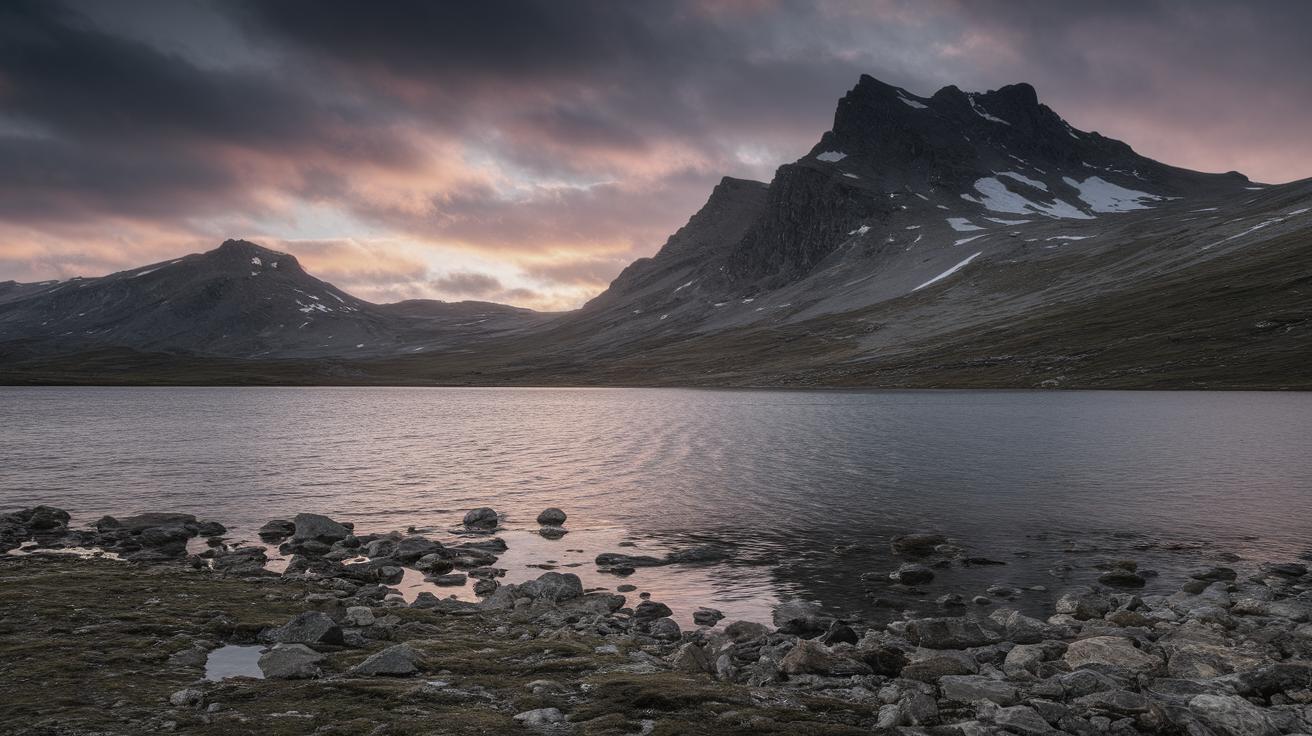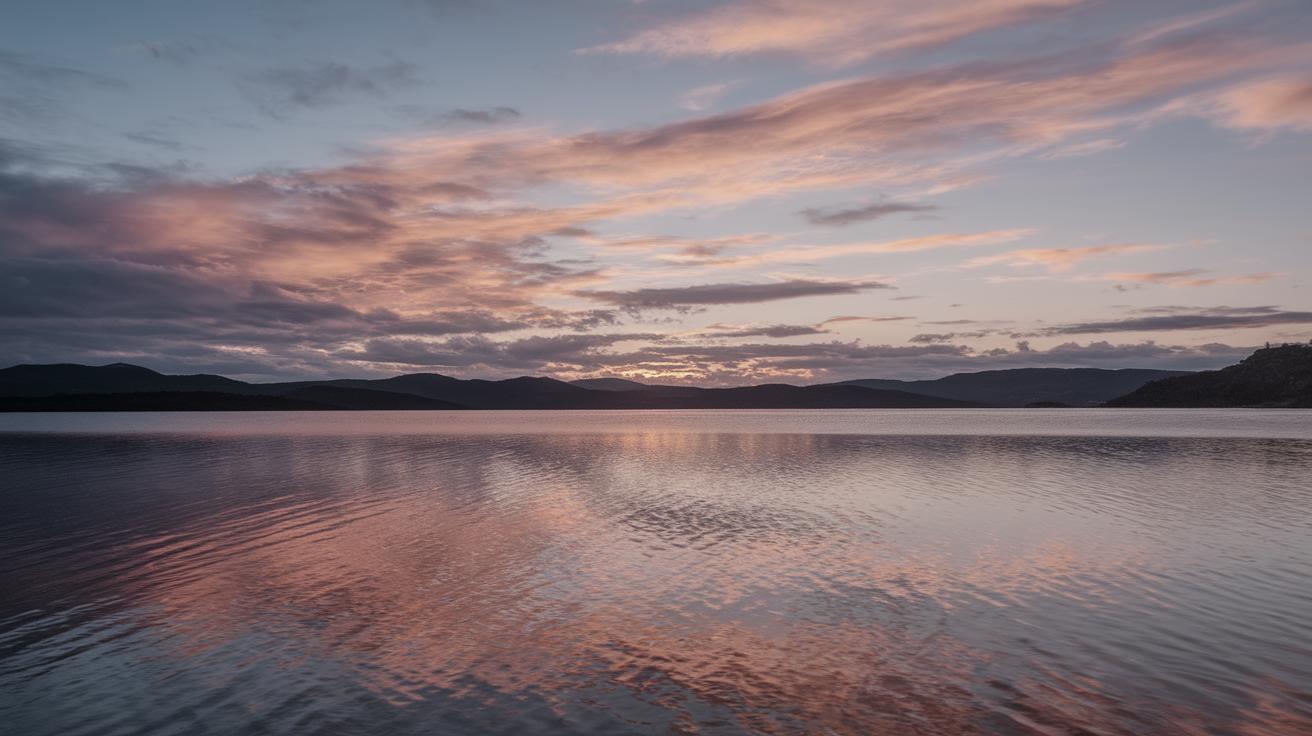Introduction
Landscape photography demands a unique set of tools to capture the vastness and beauty of nature. Having the right lens can make all the difference in delivering stunning landscapes that convey depth, color, and perspective. This blog post explores the best lenses for landscape photography, examining ultra-wide-angle, wide-angle, normal, short telephoto, and super telephoto lenses. We’ll also share insights on why super telephotos are a personal favorite for capturing landscapes and provide a checklist to consider when shopping for a new lens. Whether you’re a seasoned photographer or a beginner looking to enhance your craft, understanding the right lens for your needs will elevate your photography journey.
Best Ultra-Wide Angle Lens
Fish-eye Lens
Fish-eye lenses are unique in their ability to capture extremely wide angles, typically achieving a 180-degree field of view. They create a distinctive, warped perspective that can add a creative flair to your landscape photos. These lenses are particularly effective for capturing dramatic skies or when shooting in confined spaces where a rectilinear lens might not fit the scene. However, fish-eye lenses can also introduce noticeable distortion, which might not always be desirable. This makes them more suitable for artistic expressions rather than traditional landscape photography.
The use of fish-eye lenses in landscapes is often debated due to their unique barrel distortion, which can either enhance the photo’s impact or detract from its realism. When used skillfully, these lenses can convey a sense of scale or focus attention on specific elements within a scene, such as pathways or towering trees. Despite their specialized nature, fish-eye lenses remain a fascinating tool for landscape photographers looking to push creative boundaries.
Best Rectilinear Ultra-Wide Lenses
Rectilinear ultra-wide lenses are celebrated for their ability to capture expansive scenes while minimizing distortion. These lenses offer a wide-angle without the characteristic curvature of fish-eye lenses, preserving straight lines and producing images closer to what the human eye perceives. They are ideal for traditional landscape photography, allowing photographers to showcase the vastness of natural environments without sacrificing image integrity.
Lens options like the Canon EF 16-35mm f/2.8L III USM or the Nikon AF-S 14-24mm f/2.8G ED are popular choices among landscape photographers for their excellent image quality and reliable performance. These lenses are perfect for capturing everything from awe-inspiring mountainscapes to tranquil seascapes, making them an essential part of any landscape photographer’s kit.
Best Wide Angle Lenses
Wide-angle lenses are a go-to choice for landscape photographers due to their ability to capture sweeping scenes without overwhelming distortion. These lenses typically range from 24mm to 35mm, making them versatile for various compositions. They allow photographers to get close to their subjects whilst still fitting them into the frame, providing a sense of immersion.
The Sigma 24-35mm f/2 DG HSM Art and the Tamron 15-30mm f/2.8 Di VC USD are examples of wide-angle lenses that offer excellent image quality and flexibility. Their wide apertures are beneficial for low-light conditions, such as during golden hour or twilight, enabling photographers to capture vibrant colors and subtle lighting nuances.
Best Normal Lens for Landscape Photography
Normal lenses, typically around 50mm, may not be the first choice for landscape photography but can be quite effective. They offer a perspective that closely mirrors human vision, providing a natural and balanced composition. Using normal lenses in landscapes encourages photographers to focus on details and specific elements of a scene, rather than expansive vistas.
Lenses like the Canon EF 50mm f/1.8 STM or the Nikon AF-S NIKKOR 50mm f/1.8G are valuable in a landscape photographer’s toolkit for their simplicity and versatility. They help photographers explore creative compositions and capture the essence of a scene, offering a fresh perspective on familiar landscapes.
Best Short Telephoto Lens for Landscape Photography
Short telephoto lenses, usually ranging from 70mm to 135mm, are excellent for isolating specific elements in a landscape, creating a focused and intimate image. These lenses are perfect for capturing details such as mountain peaks, distant waterfalls, or rolling hills, bringing the subject closer to the viewer without physically moving closer.
The Sony FE 70-200mm f/4 G OSS and the Canon EF 70-200mm f/4L IS II USM are great examples of short telephoto lenses with outstanding sharpness and beautiful bokeh. These lenses offer versatility and the ability to produce images with a compressed perspective, adding depth and emphasis to the photograph’s main elements.
Best Super Telephoto Lens for Landscape Photography
Super telephoto lenses, extending beyond 200mm, are powerful tools for capturing landscapes in a unique way. They allow photographers to isolate distant features and emphasize them within the frame, creating dramatic and powerful images of the natural world. These lenses are particularly effective for wildlife within landscapes or capturing distant natural phenomena.
Lenses such as the Tamron SP 150-600mm f/5-6.3 Di VC USD G2 and the Canon EF 100-400mm f/4.5-5.6L IS II USM offer incredible reach and flexibility, making them a favorite among landscape photographers seeking to explore new dimensions of their environments. These lenses come with the added bonus of creating stunning image compression, where background elements appear much closer to the subject.
Why Super Telephoto Zooms are my Preferred Lenses for Landscapes
Super telephoto lenses have a unique appeal for landscape photography, offering possibilities that shorter lenses cannot. They enable photographers to overcome physical limitations, capturing subjects from afar and crafting images with captivating detail and emphasis on specific landscape features. The compression effect offered by super telephotos adds a dramatic, almost cinematic quality to photographs, making them compelling and immersive.
While these lenses do present challenges, such as increased weight and the necessity for stable support, their ability to capture landscapes like never before keeps them at the forefront of my choice. Super telephoto zooms allow me to push creative boundaries, capturing not just what I see, but the scene’s emotion and atmosphere, shaping powerful visual narratives.
Checklist for Getting any New Lens
When selecting a new lens, it’s essential to consider factors beyond just focal length and aperture. First, evaluate the lens’s build and durability, ensuring it can withstand various environmental conditions. Weather sealing and robust construction are crucial for outdoor photography.
Next, consider lens compatibility with your camera system and its feature set, including optical stabilization and autofocus performance. Moreover, weigh the lens’s size and weight, as this can significantly affect portability and ease of use in the field. Finally, assessing your photography goals and preferred subjects will ensure the lens you choose aligns with your creative vision and needs.
Final thoughts
| Lens Type | Usage | Example Lenses |
|---|---|---|
| Ultra-Wide Angle | Expansive views, minimal distortion | Canon EF 16-35mm f/2.8L III, Nikon AF-S 14-24mm f/2.8G |
| Wide Angle | Sweeping landscapes, versatile | Sigma 24-35mm f/2 Art, Tamron 15-30mm f/2.8 Di |
| Normal | Natural perspective, details | Canon EF 50mm f/1.8 STM, Nikon AF-S 50mm f/1.8G |
| Short Telephoto | Isolate details, mid-range compression | Sony FE 70-200mm f/4 G OSS, Canon EF 70-200mm f/4L IS |
| Super Telephoto | Distant subjects, image compression | Tamron SP 150-600mm f/5-6.3, Canon EF 100-400mm f/4.5-5.6L IS |


